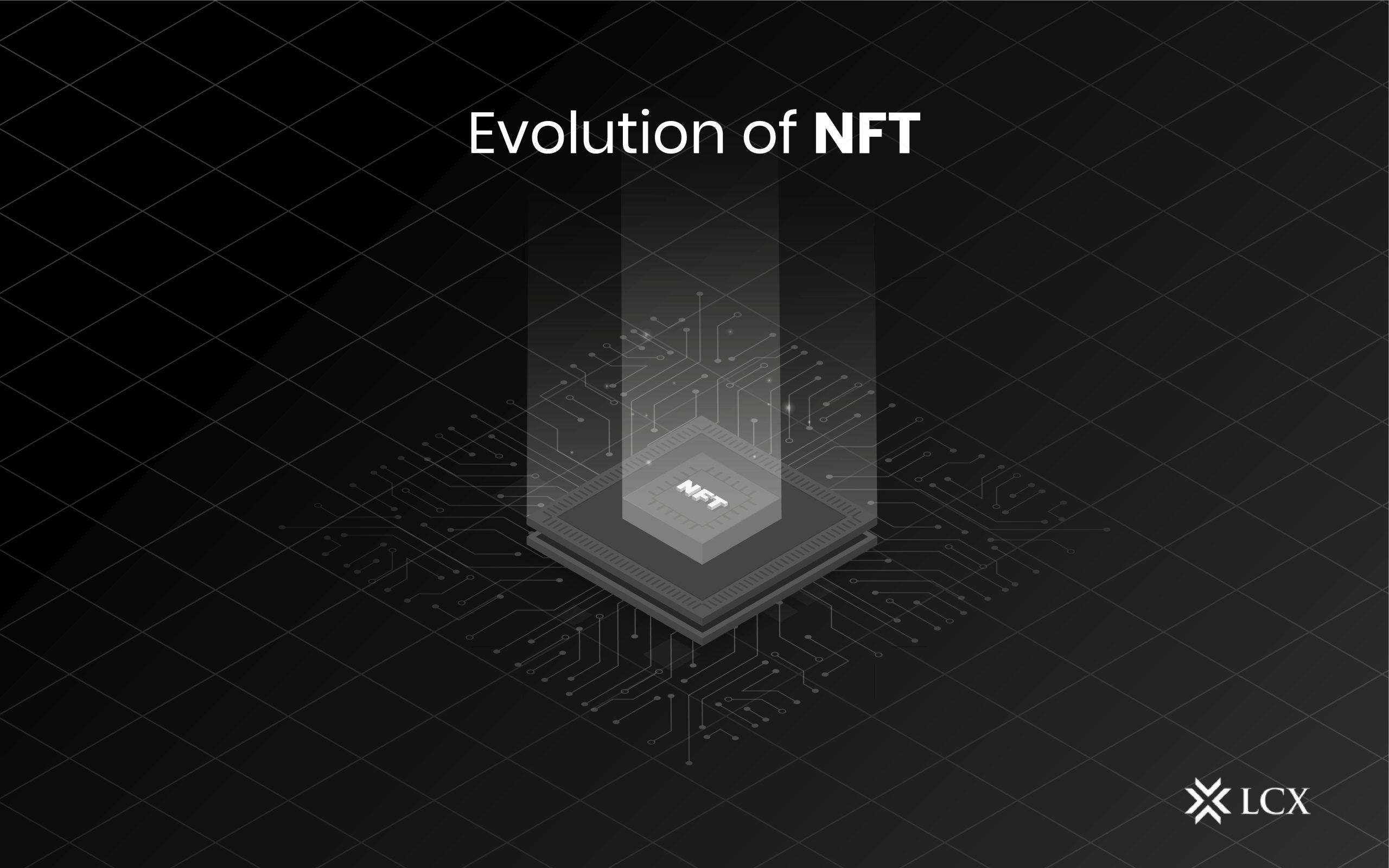Where cryptocurrencies have been ruling the world of digital finance for a long time, NFTs have successfully secured a spot for them. It has been an impressive journey, from offering the initial NFTs for free to earning profits of more than $91.8 million on a single NFT (Pak’s famous NFT, Merge open edition).
What is NFT?
An NFT (Non-Fungible Token) is a cryptographic token representing unique assets. Unlike other cryptocurrencies such as Bitcoin and Dogecoin, NFTs are non-fungible, meaning they cannot be exchanged mutually for the same amount. Each NFT is unique, with an exceptional value and its ownership. It runs on Blockchain technology, and thus all the records of its purchase and sale are stored and are open to the public.
NFT’s History
Many people think the first NFT concept will be based on the Ethereum Blockchain, but this is not the case. In 2012, Meni Rosenfield introduced the idea of colored coins on paper. The idea was to teach a class of methods for managing and representing real-world assets on the blockchain to provide ownership of those assets. This idea was not compatible with the Bitcoin blockchain but became the foundation for NFTs.
In 2014, the first NFT was minted by Kevin McCoy, a digital artist. It was named “Quantum” and was released on the Namecoin blockchain. A Quantum is a digital pixelated octagon image that resembles an octopus in changing colors. After this, several NFTs were minted on several blockchains. The Ethereum blockchain soon became the hub for releasing new NFTs.
How it went mainstream
NFT went mainstream during the period 2017–2020. This happened because of the introduction of token standards (a subsidiary of intelligent contracts that informed the developers about the creation, issuance, and deployment of the new tokens using blockchain technology) that allowed the developers to create tickets by themselves.
CryptoPunks is considered one of the first NFTs to be created. They were created by Matt Hall and John Watkinson on the Ethereum blockchain and were offered for free. This project included 10,000 crypto punk pieces, each having some unique features.
After this case, a virtual game that allowed users to adopt, breed, and trade virtual cats called Cryptokitties was a huge success. Following this, gaming became a vital asset in the NFT market, leading to the introduction of several open-world gaming platforms based on blockchain. People were also allowed to buy, sell, and store the gaming collectibles as NFT.
NFT became a colossal success:
After making a name in the gaming world, NFT entered the digital art world and conquered it. In traditional physical art, it’s hard to forge the artist’s work due to the intricacies of their work, but duplication becomes an issue when it comes to digital art. Now, NFT has ended this duplication by encrypting the digital art using Blockchain technology.
2021 became the year of the NFT with a massive surge in the supply and demand of NFTs. This happened when famous auction houses such as Christie’s and Sotheby’s started selling the NFT art and took their auctions online. Christie’s sale of Beeple’s “Everyday: The First 5000 Days” was sold for $69 million. Such a vast sale validated the NFT marketplace and gained customers’ trust.
After the artwork, NFT entered the music industry and was successful there. Kings of Leon was the first band to have their album released by NFT. Later on, concert tickets, song merchandise, and even song tracks started getting sold as NFTs. The direct connection between the artist and the audience is also one of the primary reasons behind the success of NFT, as there is no longer a need for third parties or intermediaries for their interactions.
Today, NFT is not only limited to art, music, and games, but it is trending for every possible real-time asset. Following the desire to utilize NFTs to their full potential, LCX has introduced the concept of tokenization of diamonds. It has launched Tiamonds NFT, which represents the ownership of real-time diamonds. All diamonds are unique, thus making them the perfect fit for NFTs. These Tiamonds are enabled by LCX’s regulatory framework and are based on Ethereum blockchain technology. Tiamonds provide complete security, value, and transparency for your investment. You can check out this amazing tokenization asset on the LCX marketplace.
Future
Despite some uncertainties in the past about the success of NFT, it stood its ground and became a huge hit. Today we can say that NFTs are here to stay, and they will continue to have a significant influence in the art world. The current trends of moving towards Metaverse will also aid in the surge of NFTs. NFT is still a young technology, and its growth largely depends on people’s realization of its impact on different fields. The more people realize the potential of NFTs, the more they will keep on expanding.









